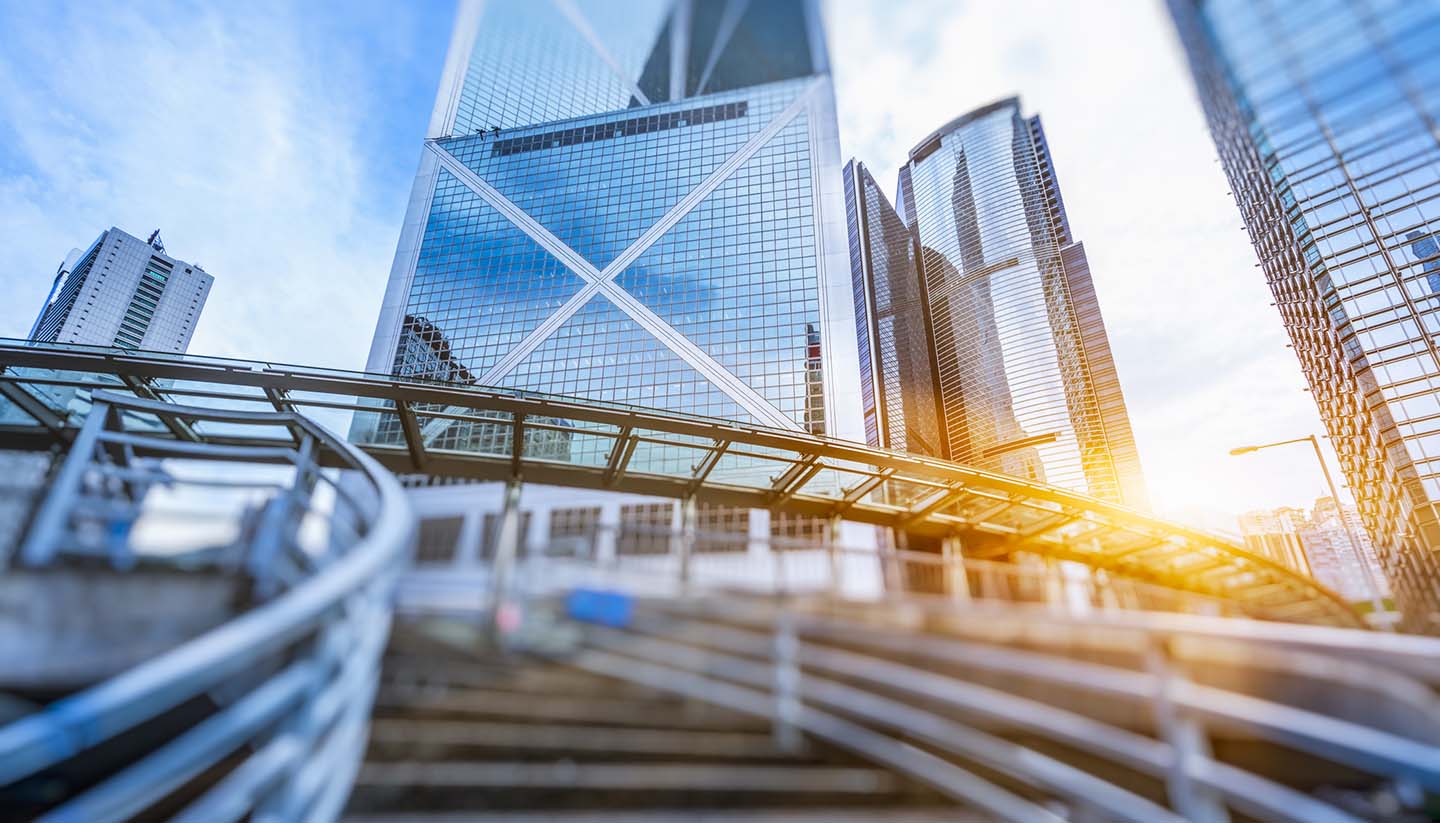Hong Kong History
Hong Kong’s status as one of the world’s leading ports is drawn for a long history dating back over 2,000 years. Subsumed by China’s Qin dynasty between 221 and 206BC, the modern territory of Hong Kong developed into a key trading post. It flourished under the Tang Dynasty, receiving the brutal attentions of invading Mongol hoards in 1276 during the Song dynasty.
The arrival of Portuguese merchants in the 16th century saw foreign trade become an essential cornerstone of the area’s economy, before Chinese rulers enforced an isolationist policy, banning business with outsiders. It wasn’t until the early nineteenth century that Hong Kong once again became a vital place for foreign trade, changing the course of history in this corner of Asia until the present day.
China’s refusal to allow opium imports from British traders led to the first opium war of 1839, leading to Britain occupying Hong Kong in 1842 and raising the Union flag over the city. A long period of colonial rule began, with the UK handed control of the territory under the Treaty of Nanking.
British control extended further following the second opium war, leading to the area of Kowloon being added to the colony in 1860. By 1898, relations with China had thawed enough to allow the signing of a 99 year lease for Hong Kong.
Hong Kong’s population boomed in the early 20th century as it established itself as a global port. In 1941, however, the city fell to Japanese forces that were not removed until the end of WWII. The post–war years saw Hong Kong grow upwards as slums were converted into high rise tower blocks, while strict border controls were implemented with now Communist China.
The British officially handed Hong Kong back to China in July 1997. The Chinese agreed to run the city and its territories, now a Special Administrative Area, under a ‘one country, two systems’ principle, allowing for a judiciary and the rule of law. Democracy, however, remains managed by a few, with 2014 seeing protests demanding universal suffrage for the election of Hong Kong’s chief executive.
Did you know?
• Hong Kong suffers from typhoons, the most fierce of which ripped through the city in 1937, killing 11,000 people.
• Hong Kong is the name of the region, not the city. Victoria, on the north of the main island, is the capital.
• The tram system dates back to 1902.


